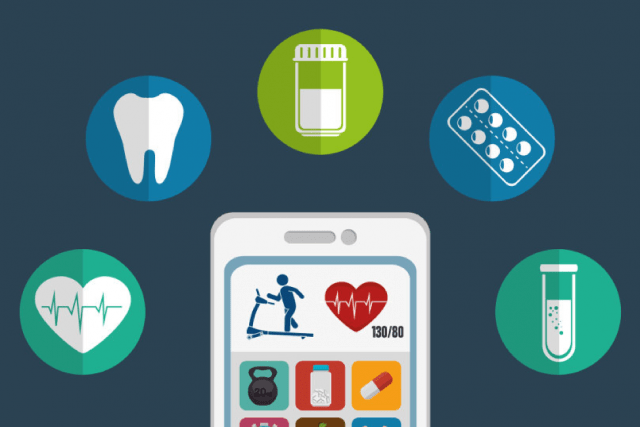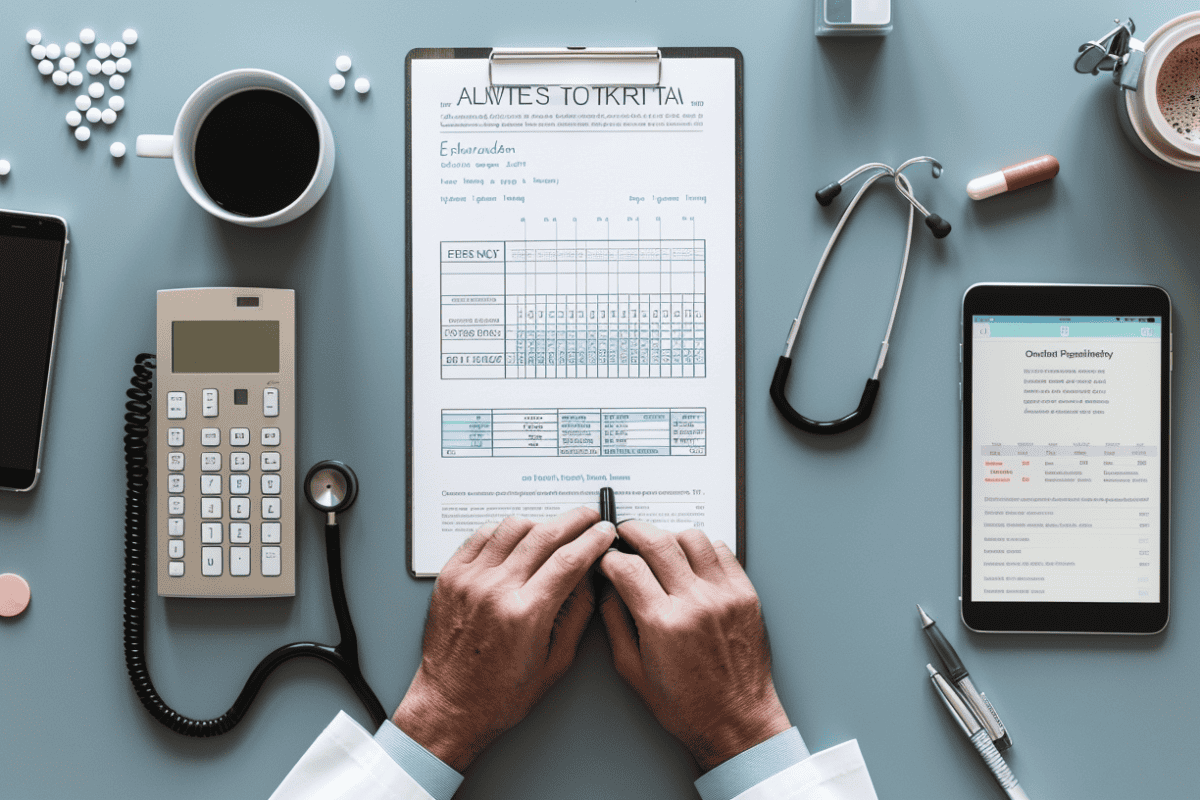The use of well-designed mobile communication tools generates greater user engagement, meaning that individuals are more focused on reaching their goals — whatever those goals might be.
In the world of mHealth, app users are more committed to improving their health by committing to physician-recommended diets, exercise routines, and medical schedules and follow-up appointments. With medical information and aid available at user’ fingertips, the mHealth revolution promises to help end-users connect with the medical help they need when they need it.

But the mHealth revolution is not only helpful for patients. Thanks to new developments in mobile app technology, the healthcare industry is looking at a combined savings of 7 billion dollars US annually in five key areas including asthma, diabetes prevention, diabetes care, pulmonary rehabilitation, and cardiac rehabilitation, according to IQVIA.
Where mHealth apps succeed is in recognizing the specific and unique health issues of each individual user. Whether you live in a remote area or deal with accessibility issues, health apps effectively function as a digital house call from a doctor.
Ranging in focus from diet and nutrition to fitness and exercise to mental health, the mHealth field is broad and you need to know your niche before you set out to design your dream app. With the right client-facing mHealth app designed by a lean development team that believes in a democratized process, you can reach the greatest number of users and achieve the best user retention.
With the rise of wearable tech, individuals have increasingly turned to apps that can help them get fit, lose weight, track vitals like blood pressure, and more. With the intense saturation we’ve seen over the last 5 years, designing an app in this market — and successfully pitching it to investors — requires more sophistication than ever before.
At Penn State, the College of Information Sciences and Technology along with the Department of Biobehavioral Health have developed a cross-college mHealth app pitch competition.
The mHealth Challenge encourages undergraduate students to work in cross-disciplinary mega teams to design and prototype a mobile health application that addresses a specific societal health need with a targeted audience.
You may not be an undergrad, but if you have the next big mHealth app idea, you’ll need to know how to pitch it the right way. You’ll need to possess the insight and know-how to secure funding and to take your concept to market.
You’ll also need to partner with a mobile app developer that understands this niche and how to help you carve out your space. Read this before presenting your app idea and you’ll be well on your way to designing a coherent pitch, deck, and business plan to help get you off on the right foot.
Health and wellness is a large field and will take a keen and savvy player to make a splash. The publishers of mHealth apps are growing in diversity, with
- 32% of the global mHealth market comprised of healthcare stakeholders such as Pharma companies, hospitals, and health insurers
- 28% of the market occupied by purely digital marketers such as mHealth accelerators and app companies
- 23% of the market represented by non-healthcare companies including technology development companies,
- 10% of the market represented by NGOs, universities, and other educational organisations
- And 1% of the market occupied by telecommunication companies
Of course, if you’re designing a health or wellness app, you need to stand out, and the best way to do this is to ensure a clean user experience. Consider that many mHealth apps require patients to enter medical records, or update health statistics. A clean UX will help keep users on your platform. Similarly, the right UI makes it easier for physicians to keep their patient records and prescription info up to date.
It goes without saying that quality UI/UX is necessary for any app, but with the incredible frequency of data input and the sheer amount of data being handled, mHealth apps need to be designed with extra care and effort.
If you’re looking to develop a great healthcare app, you need to consider how important your UX and UI will be to your users. The key is to design an app that makes the patient process, prescription, and information flow seamless.
Doctors are incredibly busy and patients can be incredibly nervous and vulnerable. But that doesn’t mean you can’t connect with digital patients through a well-designed app, and impress your potential investors with terrific UI and UX.
With the market continuing to grow, and ever more users looking to on-demand, digital solutions, the time is now to make your mHealth app idea into a reality.
This post has been sponsored by SEO Bros Media
Digital Health Buzz!
Digital Health Buzz! aims to be the destination of choice when it comes to what’s happening in the digital health world. We are not about news and views, but informative articles and thoughts to apply in your business.


